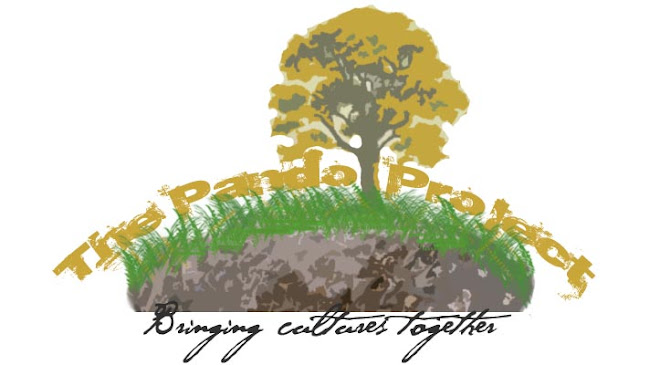 Karkaraly is a small town of 10,000 people in central Kazakhstan. The town is nestled up against Karkaraly National Park. The town is surrounded by mountains.
Karkaraly is a small town of 10,000 people in central Kazakhstan. The town is nestled up against Karkaraly National Park. The town is surrounded by mountains.Size: 1,687,443 sq miles (2,717,300 sq km). Kazakhstan is the ninth largest in the world, equivalent to the size of Western Europe, four times the size of Texas, or five times the size of France.
Population: 15,399,437 people. Kazakhstan has the 62nd largest population in the world, though its population density is less than 6 people per square kilometer (15 per sq. mi.).
Languages spoken: Kazakh (state language) 64.4%, Russian (official, designated the "language of inter-ethnic communication") 95%
Religions: Muslim 47%, Russian Orthodox 44%, Protestant 2%, other 7%
Independence: December 16, 1991
Bordering countries: Russia, China, Kyrgyzstan, Uzbekistan, Turkmenistan, and also borders on a significant part of the Caspian Sea. Kazakhstan used to be part of the Soviet Union and now shares its northern border with Russia- the longest land border between two countries in the world, 4,251 miles (6,846 km).
The Russian space program is based in Kazakhstan. In 1961 Yuryi Gagarin, the Russian cosmonaut, made the first manned space flight from the Baykonur Cosmodrome in Kazakhstan. Today, Russia leases approximately 6,000 sq km of territory enclosing the Baykonur Cosmodrome and still launches its space program from here.
The western border of Kazakhstan is the Caspian Sea. It is the world's largest enclosed body of water. Much of the Aral Sea is also in Kazakhstan. This was once the world's fourth largest body of inland water, but has dramatically shrunk since the former USSR diverted two rivers that fed the sea for irrigation purposes.
Geography: Mountains line the eastern and southeastern borders of the country. The tallest peak in Kazakhstan is Khan Tengri. It rises to 7,010 m (22,999 ft). But most of the country is steppe, a granssland prarie without trees. Historically, people of Kazakhstan were nomadic and lived in yurts on the steppe.
The Kazakhstani Flag


















